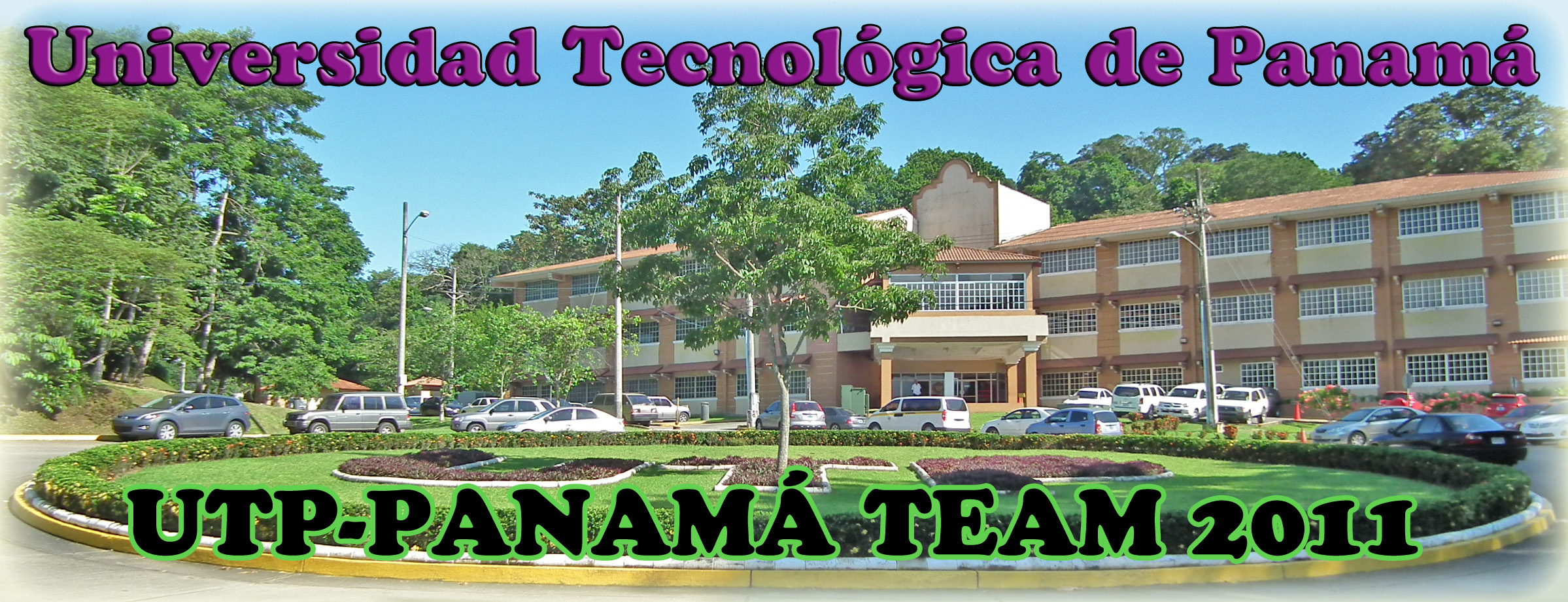Team:UTP-Panama/Safety
From 2011.igem.org
(→Biosafety And Biosecurity) |
|||
| Line 1: | Line 1: | ||
<!--- The Mission, Experiments ---> | <!--- The Mission, Experiments ---> | ||
{{Team:UTP-Panama/utptemplate}} | {{Team:UTP-Panama/utptemplate}} | ||
| - | |||
| - | |||
| - | |||
| - | |||
| - | |||
| - | |||
| - | |||
| - | |||
| - | |||
| - | |||
| - | |||
| - | |||
| - | |||
| - | |||
| - | |||
| - | |||
== Biosafety And Biosecurity == | == Biosafety And Biosecurity == | ||
| Line 43: | Line 27: | ||
# The laboratory supervisor must ensure that laboratory personnel receive appropriate training regarding their duties, the necessary precautions toºprevent exposures, and exposure evaluation procedures. Personnel must receive annual updates or additional training when procedural or policy changes occur. Personal health status may impact an individual’s susceptibility to infection, ability to receive immunizations or prophylactic interventions. Therefore, all laboratory personnel and particularly women of childbearing age should be provided with information regarding immune competence and conditions that may predispose them to infection. Individuals having these conditions should be encouraged to self-identify to the institution’s healthcare provider for appropriate counseling and guidance.</p> | # The laboratory supervisor must ensure that laboratory personnel receive appropriate training regarding their duties, the necessary precautions toºprevent exposures, and exposure evaluation procedures. Personnel must receive annual updates or additional training when procedural or policy changes occur. Personal health status may impact an individual’s susceptibility to infection, ability to receive immunizations or prophylactic interventions. Therefore, all laboratory personnel and particularly women of childbearing age should be provided with information regarding immune competence and conditions that may predispose them to infection. Individuals having these conditions should be encouraged to self-identify to the institution’s healthcare provider for appropriate counseling and guidance.</p> | ||
| + | <br> | ||
== Safety Issues == | == Safety Issues == | ||
| + | {|align="justify" | ||
| + | ; 1- Would any of your project ideas raise safety issues in terms of''' | ||
| + | *researcher safety, | ||
| + | *public safety, or | ||
| + | *environmental safety? | ||
| + | ; 2- Do any of the new BioBrick parts (or devices) that you made this year raise any safety issues? If yes, ''' | ||
| + | *did you document these issues in the Registry? | ||
| + | *how did you manage to handle the safety issue? | ||
| + | *How could other teams learn from your experience? | ||
| + | ; 3- Is there a local biosafety group, committee, or review board at your institution?''' | ||
| + | *If yes, what does your local biosafety group think about your project? | ||
| + | *If no, which specific biosafety rules or guidelines do you have to consider in your country? | ||
| + | ; 4- Do you have any other ideas how to deal with safety issues that could be useful for future iGEM competitions? How could parts, devices and systems be made even safer through biosafety engineering?''' | ||
| + | |||
| + | |||
| + | ====Some answer and open debates==== | ||
;1- For Researcher: | ;1- For Researcher: | ||
Since our project is based on using the existent BioBricks for engineering devices, we do not have new safety issues in our project for researchers & students. | Since our project is based on using the existent BioBricks for engineering devices, we do not have new safety issues in our project for researchers & students. | ||
Revision as of 16:53, 1 September 2011
|
Home |
Biosafety And BiosecurityBiosafety and biosecurity are related, but not identical, concepts. Biosafety programs reduce or eliminate exposure of individuals and the environment to potentially hazardous biological agents. Biosafety is achieved by implementing various degrees of laboratory control and containment, through laboratory design and access restrictions, personnel expertise and training, use of containment equipment, and safe methods of managing infectious materials in a laboratory setting. The objective of biosecurity is to prevent loss, theft or misuse of microorganisms, biological materials, and research-related information. This is accomplished by limiting access to facilities, research materials and information. While the objectives are different, biosafety and biosecurity measures are usually complementary. Biosafety and biosecurity programs share common components. Both are based upon risk assessment and management methodology; personnel expertise and responsibility; control and accountability for research materials including microorganisms and culture stocks; access control elements; material transfer documentation; training; emergency planning; and program management. Biosafety and biosecurity program risk assessments are performed to determine the appropriate levels of controls within each program. Biosafety looks at appropriate laboratory procedures and practices necessary to prevent exposures and occupationally-acquired infections, while biosecurity addresses procedures and practices to ensure that biological materials and relevant sensitive information remain secure. Laboratory Practices Followed By Our Team
Safety Issues |
 "
"

